So, what exactly is a home automation system?
Think of it less like a collection of gadgets and more like your home's central nervous system. It’s a network of connected devices that talk to each other, allowing you to control everything from a single point—like your phone, a tablet, or even just your voice. It's the technology that turns a regular house into a smart home.
Your Home Is Ready for an Upgrade
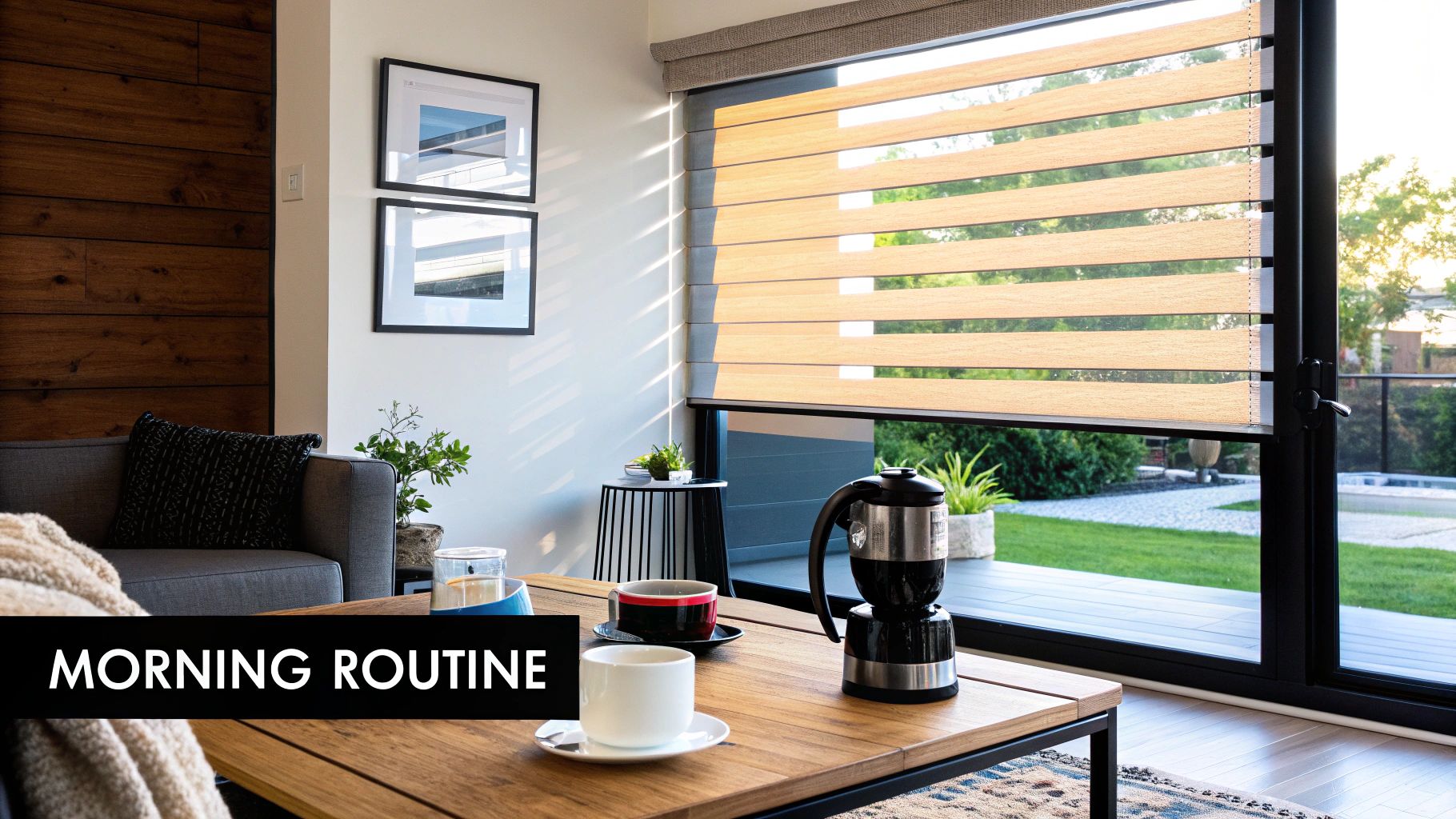
Picture this: Instead of a jarring alarm clock, you wake up to your bedroom blinds slowly rising to let in the sunlight. Downstairs, the coffee maker has already started brewing your first cup, and the thermostat has nudged the temperature up to a comfortable 70 degrees. This isn't science fiction anymore; it’s the day-to-day reality for millions of people.
The magic happens when all your smart devices are connected to a central hub, creating a cohesive ecosystem. This allows them to work together based on your commands, pre-set schedules, or even triggers from other devices.
More Than Just Convenience
While telling your lights to turn off from the couch is undeniably cool, the real value of home automation goes much deeper. A well-planned system can fundamentally improve your daily life in some very practical ways.
Here are a few of the biggest wins:
- Smarter Security: Imagine your front door automatically locking at 10 PM, outdoor lights turning on when motion is detected, and getting an alert on your phone if a window is opened unexpectedly. That's peace of mind you can't put a price on.
- Serious Energy Savings: A smart thermostat learns your family's schedule, turning the heat down when you leave for work and back on just before you get home. Smart blinds can close automatically during the hottest part of the day, keeping your home cool and your energy bills down.
- Improved Accessibility: For the elderly or those with mobility issues, home automation is a game-changer. Being able to control lights, lock doors, and adjust the thermostat with simple voice commands provides a powerful sense of independence.
Let's quickly break down what these systems really do for you.
Home Automation at a Glance
The table below offers a snapshot of the core functions you can expect from a modern smart home setup and what they mean in practical, everyday terms.
| Core Function | What It Means for You |
|---|---|
| Centralized Control | Manage all your connected devices—from lights to locks—from a single app or hub. |
| Automation & Scheduling | Set your coffee maker to start at 6 AM or your porch lights to turn on at sunset, automatically. |
| Remote Access | Check your security cameras or let a visitor in from anywhere in the world using your smartphone. |
| Voice Commands | Use voice assistants like Alexa or Google Assistant to control devices hands-free. |
| Interoperability | Create "scenes" where multiple devices work together, like a "Movie Night" mode that dims the lights and turns on the TV. |
Essentially, a truly smart home doesn't just follow orders; it starts to anticipate what you need.
A truly smart home learns your routines and adapts to your lifestyle. It’s about creating an environment that is more comfortable, secure, and efficient without you even having to think about it.
The best part? This technology is more affordable and easier to set up than ever before, which is why the market is booming. The global market, valued at USD 124.85 billion in 2023, is expected to explode to USD 324.60 billion by 2032. You can dig into the numbers yourself over at Precedence Research.
This guide is here to walk you through exactly how to get started on your own smart home journey.
The Three Core Components of a Smart Home
To really get what makes a smart home "smart," it helps to think of it like a living, breathing thing. A single smart plug is cool, but it's just a gadget. A true home automation system is an ecosystem where three distinct parts work together seamlessly, much like a body.
This infographic lays out the basic anatomy of any smart home setup.
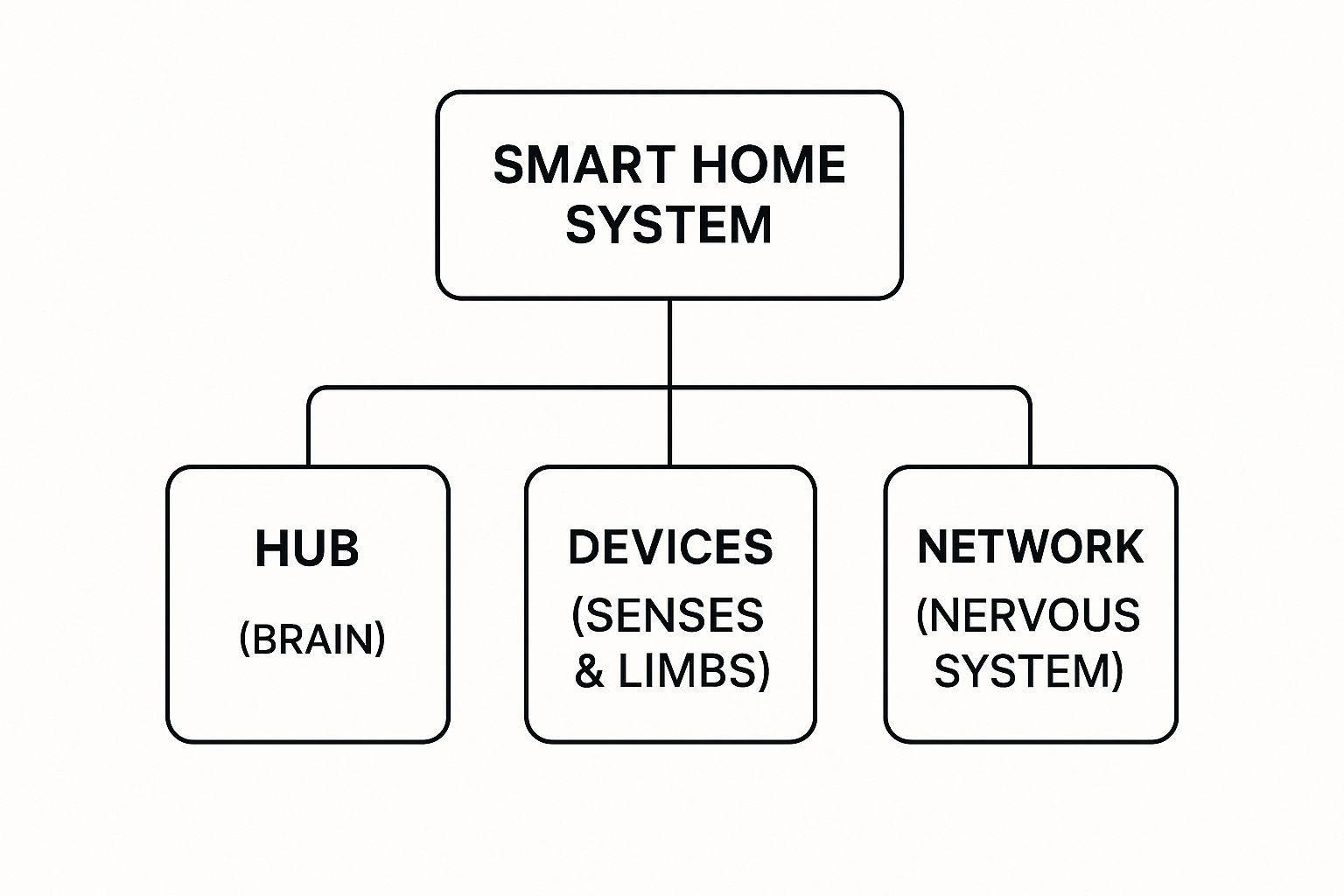
As you can see, you need a central brain, a way to sense the world, and a network to tie it all together. Let's break down what each of these core pieces actually does.
The Hub or Controller: The Brain
Every smart home needs a brain, and that's the job of the hub or controller. This central command unit is what pulls everything together. It takes in signals from all your different devices, makes sense of them, and then tells other devices what to do. It’s the director of the whole show.
This "brain" can be a dedicated box like an Ajax Hub, or it could be a smart speaker you already own, like an Amazon Echo or Google Nest. The hub is what lets you build those cool automated routines—like having your lights turn on, the thermostat kick in, and the security system disarm the moment you unlock the front door. Picking the right one is a huge first step, and our smart home hub comparison is a great place to start figuring out which brain best fits your home.
The Devices: Senses and Limbs
If the hub is the brain, then all your smart devices are the body's senses and limbs. These are the gadgets that actually interact with your home and the world around it. They generally fall into one of two camps.
- Sensors (The Senses): These are the information gatherers. A motion detector "sees" movement, a door sensor "feels" when it's open, and a smart thermostat "senses" the temperature. They’re the eyes and ears of your system.
- Actuators (The Limbs): These are the doers. They take orders from the hub and make something happen. Smart bulbs light up, smart locks bolt the door, and automated blinds roll up or down. They’re the hands and feet carrying out the tasks.
This constant back-and-forth between sensing and doing is where the magic of automation happens.
A motion sensor detects you've walked into the garage, pings the hub, and the hub instantly tells the actuator—in this case, a smart light switch—to flip on the lights. It’s a seamless conversation that takes place in a split second.
The Network: The Nervous System
Finally, the network is the invisible nervous system connecting the brain (hub) to all its limbs and senses (devices). Without a solid network, your smart home is just a collection of disconnected gadgets. This communication relies on a few different wireless languages, or protocols.
You already know Wi-Fi, which is perfect for data-hungry devices like security cameras. But many smart home devices use other low-power options like Zigbee or Z-Wave. These protocols are brilliant because they create their own special "mesh network." Instead of every device yelling at your router, they can whisper to each other, passing the message along. This extends your range and makes the whole system more reliable without bogging down your Wi-Fi. It’s this stable, constant chatter that ensures your commands are carried out instantly, every single time.
What's the Point of Building a Smarter Home?
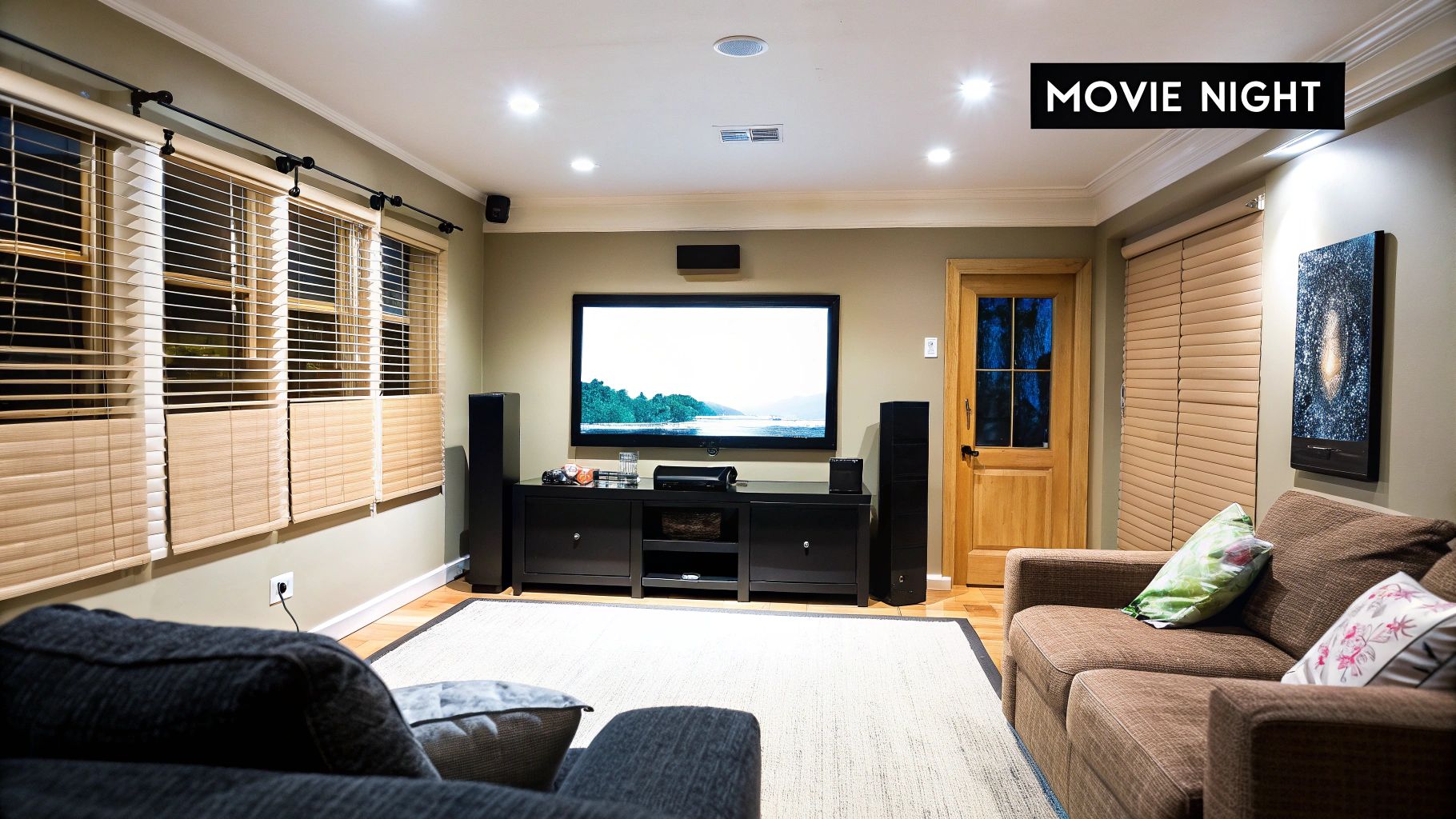
It's one thing to understand all the gadgets and gizmos that make up a home automation system, but what’s the real-world payoff? The why behind it all is where things get interesting. Millions of people are bringing this tech into their homes not just for the cool factor, but for the real, tangible improvements it makes to their daily lives.
These perks usually fall into four main buckets, each one fundamentally changing the way you interact with your living space. From making tedious routines disappear to providing vital support for loved ones, a well-planned smart home offers something for everyone.
Unmatched Convenience and Comfort
Let's be honest, the biggest and most immediate win is pure convenience. It’s all about getting time back in your day and smoothing out the friction of all those little repetitive tasks. Instead of juggling a dozen different remotes, apps, and switches, you can create "scenes" that do all the work with a single command.
Think about a "Movie Night" scene. You say the word, and instantly the living room lights dim to the perfect level, the smart blinds roll down to kill the glare, and your TV and sound system fire up. That’s what a smart home does best—it handles all the little details so you can just enjoy the moment.
Ultimately, this level of automation creates an environment that truly adapts to you, making your home feel more intuitive and comfortable than you ever thought possible. It’s not just about remote control; it's about creating a living space that anticipates your needs.
Your home starts working for you, not the other way around. Routines that once required multiple steps now happen automatically, freeing up your mental energy for more important things.
Robust Security and Peace of Mind
A smarter home is simply a safer home. Modern automation systems give you a powerful set of tools that offer proactive protection and constant awareness, whether you’re just upstairs or thousands of miles away.
Consider just a few of the security upgrades:
- Intelligent Alerts: Get a notification on your phone when a camera spots a person, not just another passing car or a neighbor's cat.
- Smart Access Control: Give the dog walker a temporary access code for your smart lock, and get an alert telling you exactly when they showed up and left.
- Simulated Occupancy: While you're on vacation, you can have lights and TVs turn on and off at random times, creating the very real illusion that someone is home.
When you layer these features together, you create a security net that delivers some serious peace of mind.
Real Energy and Cost Savings
Beyond just making life easier, a home automation system can actually put money back in your pocket by making your home far more energy-efficient. Smart devices are brilliant at cutting out waste by making sure power is only used when and where it's truly needed.
A smart thermostat is the classic example. It learns your family's comings and goings and adjusts the temperature automatically when you're away. That simple change can save an average of 10-12% on heating and 15% on cooling costs. You can learn more about this in our guide to creating an energy-efficient smart home. Add in smart lighting and automated blinds, and you'll never have to worry about paying to light up an empty room again.
Greater Accessibility and Independence
This is where home automation can be genuinely life-changing, especially for the elderly or anyone with mobility challenges. Simple voice commands can take the place of flipping a light switch, adjusting a thermostat, or even locking the front door, offering a powerful sense of independence.
This technology also brings incredible reassurance to family members and caregivers. For example, sensors can be set up to send an alert if there's unusual inactivity in the home, ensuring help can be sent quickly if needed. It’s a powerful tool for helping people age in place safely and comfortably.
The market is taking notice. U.S. home automation services are on track to become a $41.3 billion industry by 2025, and many new homes are being built with smart features as a standard option. You can dig into more of this data in a detailed P&S Intelligence report.
Popular Devices in Home Automation
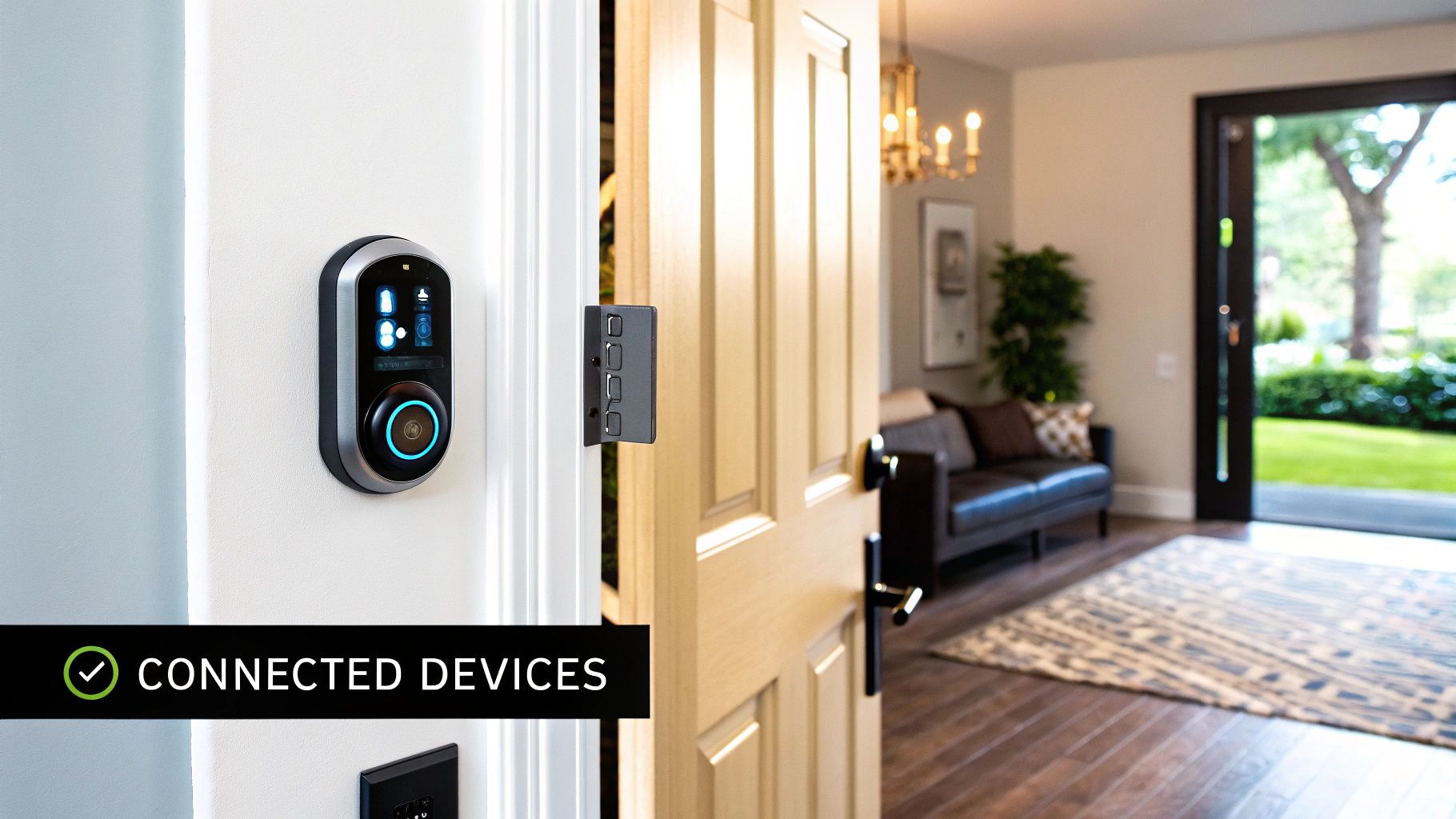
Jumping into home automation can feel a bit overwhelming, but the best way to get started is by looking at the devices that give you the most bang for your buck right away. These are the workhorses of a smart home, each one designed to make a specific part of your life a little easier.
But here’s the secret: these gadgets truly shine when they start talking to each other. A smart lock isn't just a cool way to ditch your keys; it’s a signal that can tell your lights to turn on and your thermostat to kick in the moment you walk through the door.
Let's break down some of the most common starting points for building a smart home.
Smart Lighting and Climate Control
For most people, smart lighting is the gateway to home automation. It’s an easy and relatively inexpensive upgrade. Swapping out your regular bulbs and switches for products from brands like Philips Hue or Lutron gives you an incredible amount of control. You can dim the lights with a voice command, set them to gradually brighten as your alarm goes off, or change their color to create the perfect vibe for movie night.
Right alongside lighting, smart thermostats are a huge win for both comfort and your wallet. Devices from Nest and Ecobee learn your daily routines and preferences. They automatically dial down the heat or AC when you’re out and get things comfortable again just before you get home, so you stop wasting money heating or cooling an empty house.
The real magic happens when these systems work in concert. Picture this: you say "Goodnight," and your thermostat lowers the temperature, your bedroom lights dim, and the front door automatically locks. That’s a truly smart home.
Home Security and Smart Access
Feeling safe and secure is a primary reason people invest in smart tech, and this category is full of powerful options. Video doorbells from companies like Ring or smart cameras from SimpliSafe let you keep an eye on your property from anywhere on the planet.
But these aren't just passive recorders. They send you intelligent alerts that can tell the difference between a person, a package, or just a car driving by. When you pair them with smart locks, you create a complete security and access system. You can let a friend in while you’re at work or verify a delivery was made, all from your phone. It shifts your home security from being reactive to proactive.
Entertainment and Whole-Home Audio
Finally, smart home tech can completely change how you relax and entertain. A system from a company like Sonos lets you stream music throughout your entire house. You can play a podcast in the kitchen, a rock playlist in the garage, and have it all perfectly synced for a party—all controlled from one app.
For the living room, a universal remote like the Logitech Harmony can tie everything together. It can control your TV, soundbar, streaming box, and even your smart lights. With one press of a "Movie Night" button, it can turn on all the right gear, switch to the right inputs, and dim the lights just so. This is where automation feels less like technology and more like a little bit of everyday magic.
How to Start Your Smart Home Journey
Jumping into the world of smart home tech can feel a little overwhelming at first, but getting started is actually much simpler than it looks. The secret isn't to try automating your entire house overnight. Instead, the best approach is to start with one clear goal and build from there. A great smart home journey always begins with a single question.
What's one daily annoyance you'd love to get rid of? Framing it this way helps you focus your energy and guarantees that your first smart gadget will provide real, immediate value.
Define Your Goals First
Before you even think about clicking "buy," take a moment to pinpoint a specific problem you want to solve. Do you constantly forget to turn off the lights downstairs before heading to bed? Are you sick of fumbling for your keys in the dark with an armful of groceries? Maybe you just want a more gentle way to wake up in the morning.
Starting with a purpose keeps you from collecting a drawer full of gadgets you never actually use. Your goal could be as simple as wanting to control your living room lamp from the couch or as practical as wanting to cut down on your heating bill. Once you figure out your "why," choosing the "what" becomes a whole lot easier.
Pick Your Ecosystem
Think of a smart home ecosystem as the team captain that gets all your different devices to play together nicely. The three main players in the game are Amazon Alexa, Google Assistant, and Apple HomeKit. Most of us already lean one way or another based on the smartphone we use or if we already own a smart speaker.
Committing to an ecosystem early on is a smart move. It ensures that any new devices you buy down the line will communicate without a hitch. As you're shopping, just look for the little logos on the box that say "Works with Alexa" or "Works with Google Home." This simple check is the key to building a cohesive, frustration-free system. For a deeper look at this crucial first step, check out our guide on setting up a smart home.
Start Small and Smart
You absolutely do not need to spend thousands of dollars to get going. A fantastic and budget-friendly entry point is a simple starter kit, which usually bundles a hub with a couple of handy devices.
- Smart Plugs: These little wonders can turn just about any ordinary appliance—like a floor lamp, a fan, or your coffee maker—into a smart device you can control with your phone or your voice.
- Smart Bulbs: These give you instant control over your lighting. You can schedule them to turn on and off, dim them for movie night, or even change their color to create the perfect atmosphere.
These small, affordable gadgets are a powerful introduction to what home automation can do. They let you experience the benefits firsthand without locking you into a major investment.
The most effective smart homes are built one piece at a time, addressing specific needs as they arise. This gradual approach is not only more budget-friendly but also allows you to learn and adapt your system to your lifestyle.
This methodical, problem-solving approach is a big reason why the industry is booming. The global smart home market brought in USD 117.60 billion in 2022 and is on track to nearly double by 2027 as more and more people adopt the technology.
Where Your Connected Home is Headed
If you think today's smart homes are impressive, with their voice commands and scheduled routines, just wait. What we have now is really just the groundwork. The home of the future isn't about giving better commands; it's about building a home that knows what you need before you even think to ask.
This massive leap is all thanks to huge strides in Artificial Intelligence (AI) and machine learning. Your future home won't just be an obedient servant—it will be a student of your life. It will learn your habits, understand your schedule, and even pull in data from the outside world, like the day's weather.
Picture this: you walk through the door after a rough day at work. Your home, sensing the tension, has already dimmed the lights to a soft, warm color and has your favorite chill-out playlist cued up. That's not science fiction; it's where we're headed.
Get Ready for Predictive Automation
Forget about programming a "Good Morning" scene. Your future home will kick one off on its own by tracking your sleep. It might notice you're starting to stir and slowly raise the blinds and fire up the coffee maker a few minutes before your alarm is even set to go off. This is the big shift: moving from a home that reacts to you to one that acts for you.
Here are a few of the key developments making this happen:
- Ambient Computing: The tech will simply disappear into the walls. Sensors and AI will manage everything from temperature to lighting behind the scenes, so you never have to think about it.
- Hyper-Personalization: Your home will learn the preferences of everyone who lives there. It'll know to adjust the living room for movie night when the whole family is there, but keep the home office set to your specific lighting and temperature when you're working.
- Proactive Energy Management: Your system will become your personal energy broker. It will check real-time utility rates and the weather forecast, then decide the cheapest time to charge your car, run the dishwasher, or pre-cool the house.
The end game is a home that needs almost zero direct instruction from you. It’s an environment that just adapts—saving energy, looking out for your well-being, and making life easier without you ever touching an app.
What's really pushing this forward is the arrival of universal standards like Matter. Think of it as a universal translator for all your smart devices. For the first time, it's breaking down the walls between different brands, allowing everything to talk to everything else smoothly. This unified ecosystem is the final piece of the puzzle needed for truly intelligent and reliable automation to become a reality.
Got Questions About Home Automation? We’ve Got Answers.
Jumping into the world of smart homes can feel a bit overwhelming, and it's natural to have a few questions pop up. Let's tackle some of the most common ones so you can get started with total confidence.
Just How Secure Are These Systems, Really?
This is probably the #1 question on everyone's mind, and for good reason. A smart home should make you feel safer, not more exposed. The good news is that keeping it secure is well within your control.
Think of it like you would your online banking. You wouldn't use "password123" to protect your finances, right? The same logic applies here. Strong, unique passwords for every device and account are your first line of defense.
Beyond that, always turn on two-factor authentication (2FA) whenever it's offered. It adds a crucial security layer that stops most unauthorized access attempts cold. It's also smart to stick with well-known brands that have a track record of releasing regular security updates.
A great way to think about it is this: your smart home's password is the digital key to your front door. Make it a good one.
Do I Need a Degree in IT to Set This Stuff Up?
Not at all! One of the best things about modern smart home gear is how simple it’s become. Companies have poured tons of effort into making their products incredibly user-friendly.
If you can install an app on your phone and follow a few on-screen steps, you have all the skills you need to set up most smart plugs, light bulbs, or speakers. You'll be surprised how quickly you can get things up and running.
Of course, if you're planning a massive, whole-house system with dozens of integrated devices, calling in a pro is a great option. But for getting started? You've got this.
Will a Smart Home Actually Increase My Property Value?
It's a definite maybe, but the arrow is pointing strongly toward yes. While you can't pin an exact dollar amount on it, a well-implemented smart home is becoming a huge selling point for buyers.
Think about it from a buyer's perspective. Features that scream "modern" and "efficient"—like smart thermostats, automated lighting, and integrated security—make a property feel more valuable and well-maintained.
In a crowded real estate market, having these kinds of thoughtful upgrades can absolutely make your home catch a buyer's eye and stand out from the rest.
Ready to build a smarter, safer, and more efficient home? Automated Home Guide provides the expert insights and practical guides you need to make informed decisions. Start your journey today and explore our guides at Automated Home Guide.
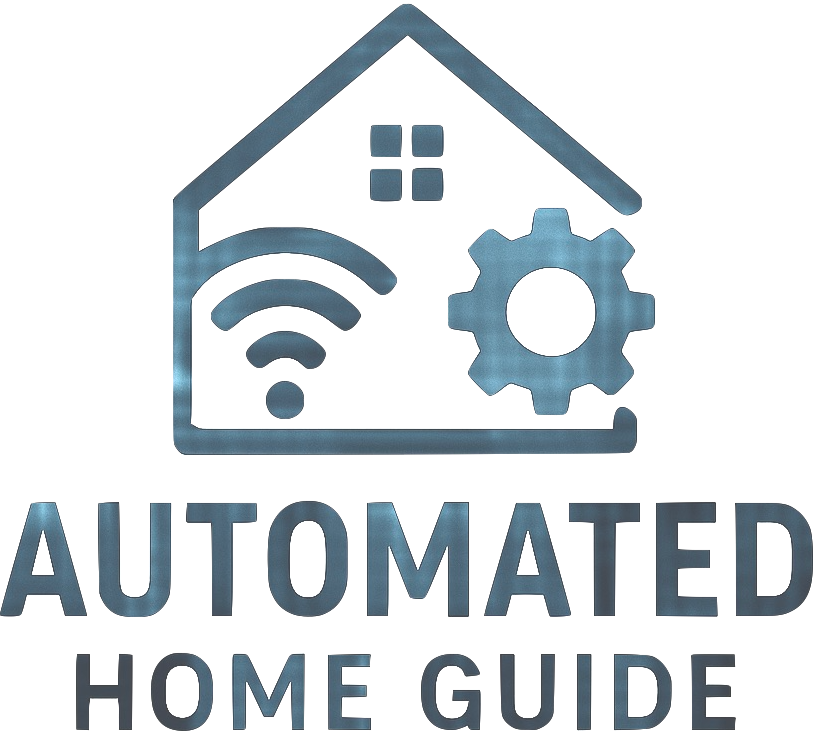
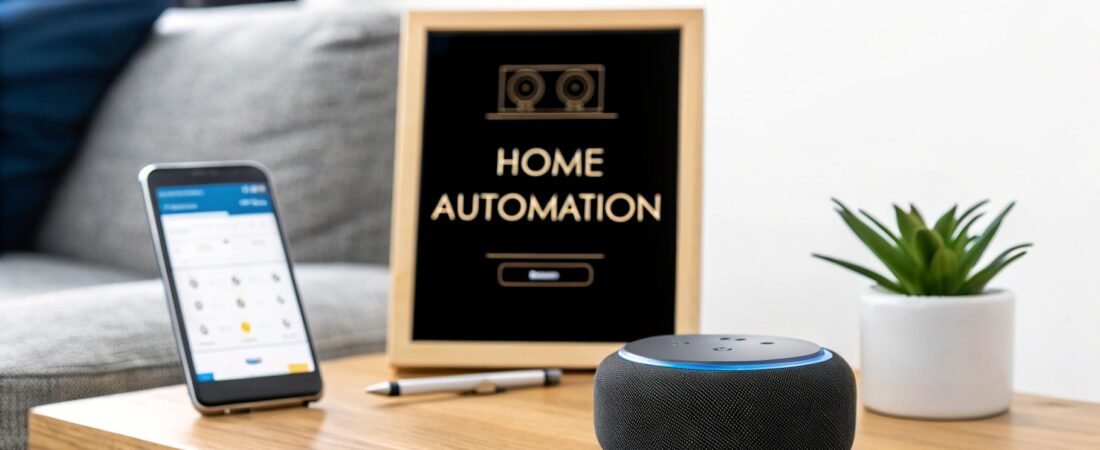



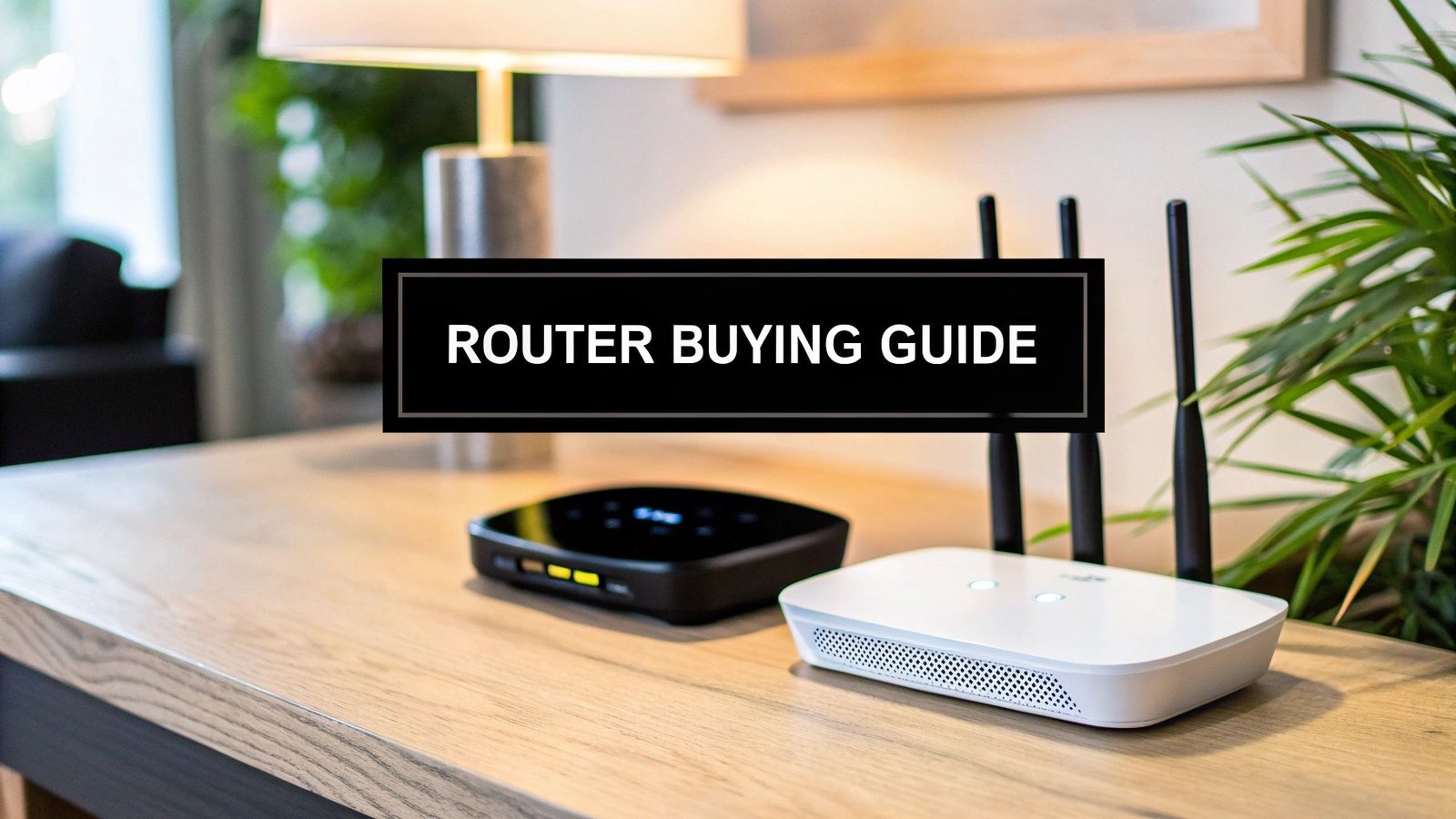

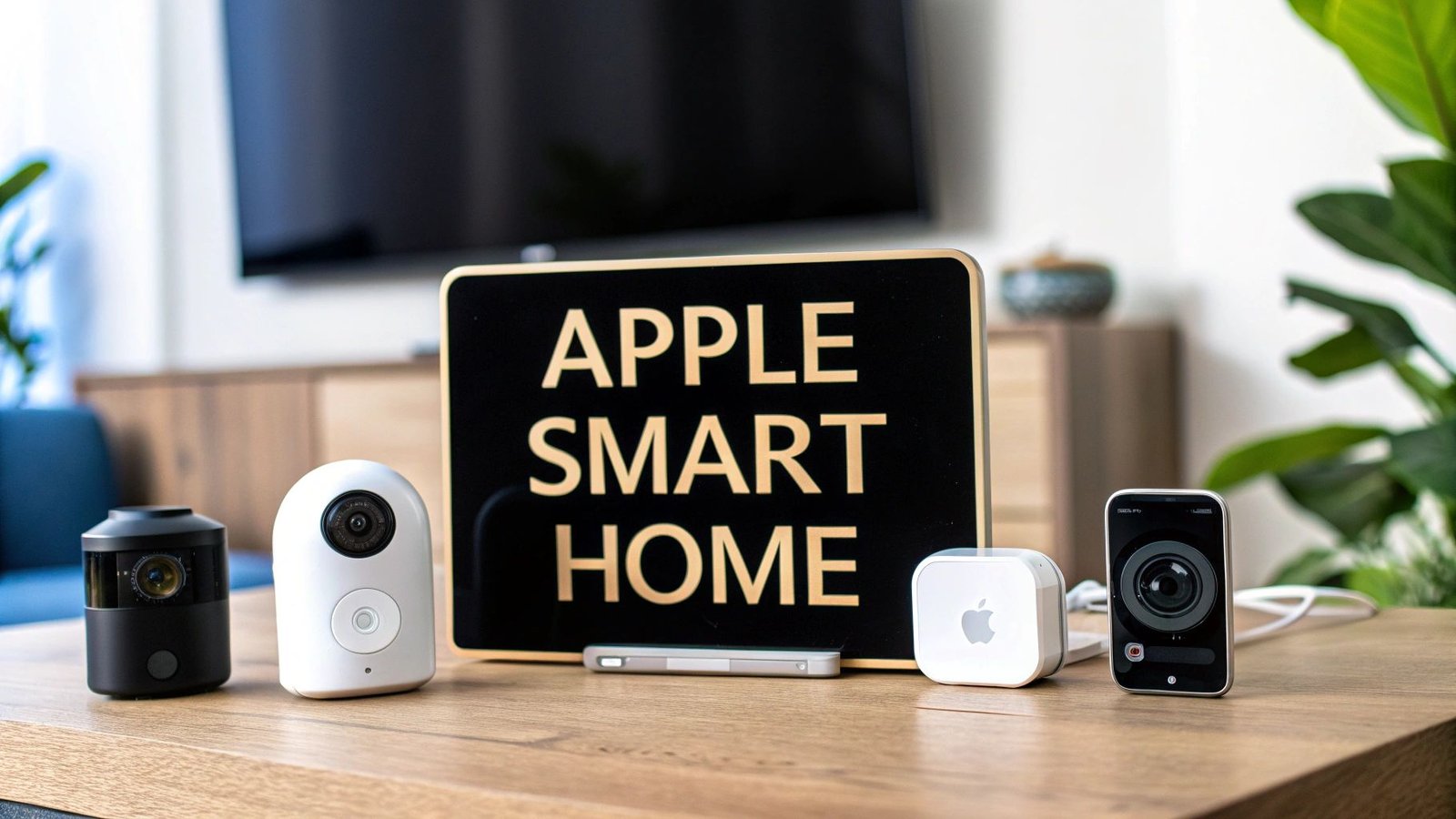
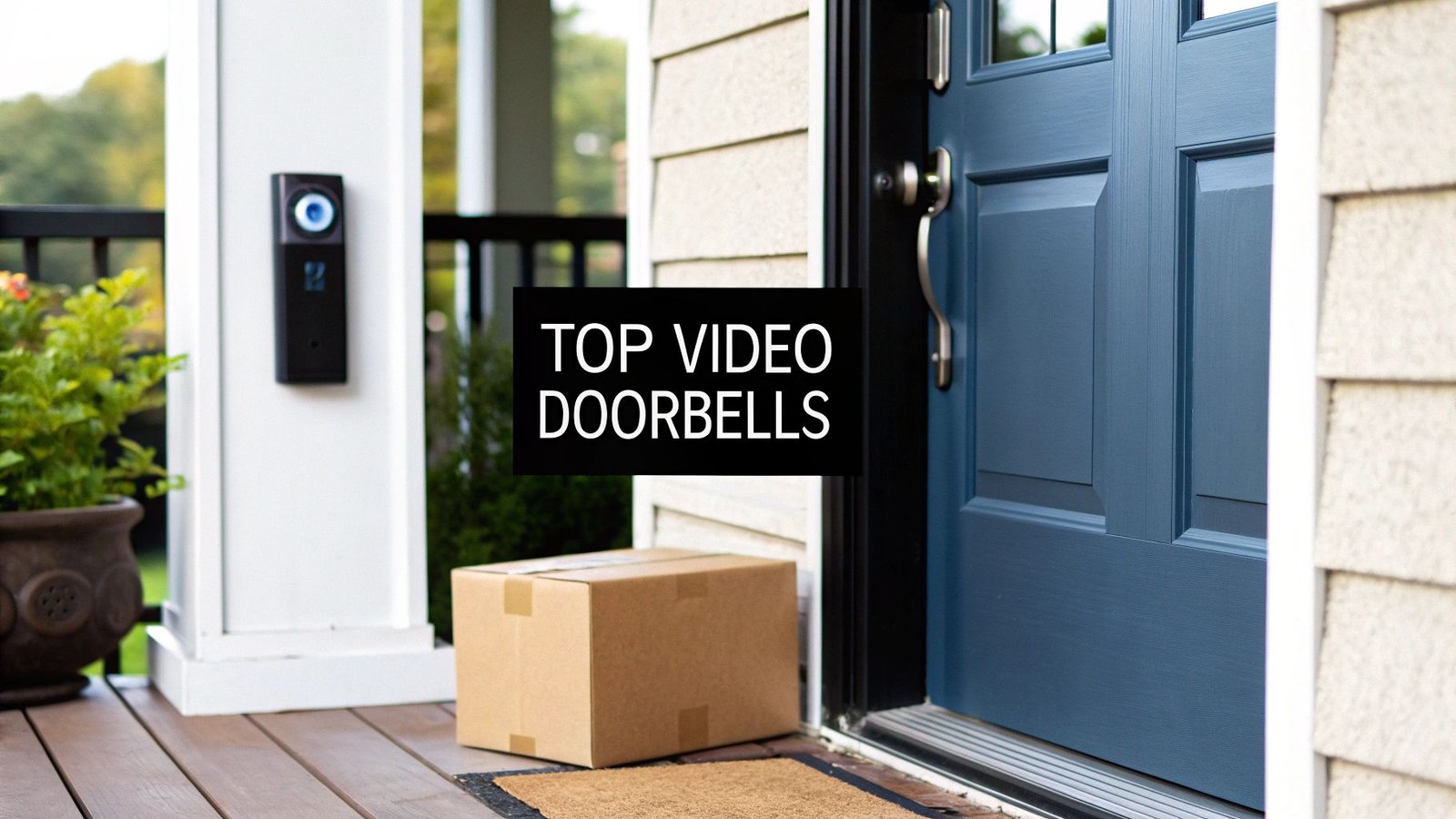
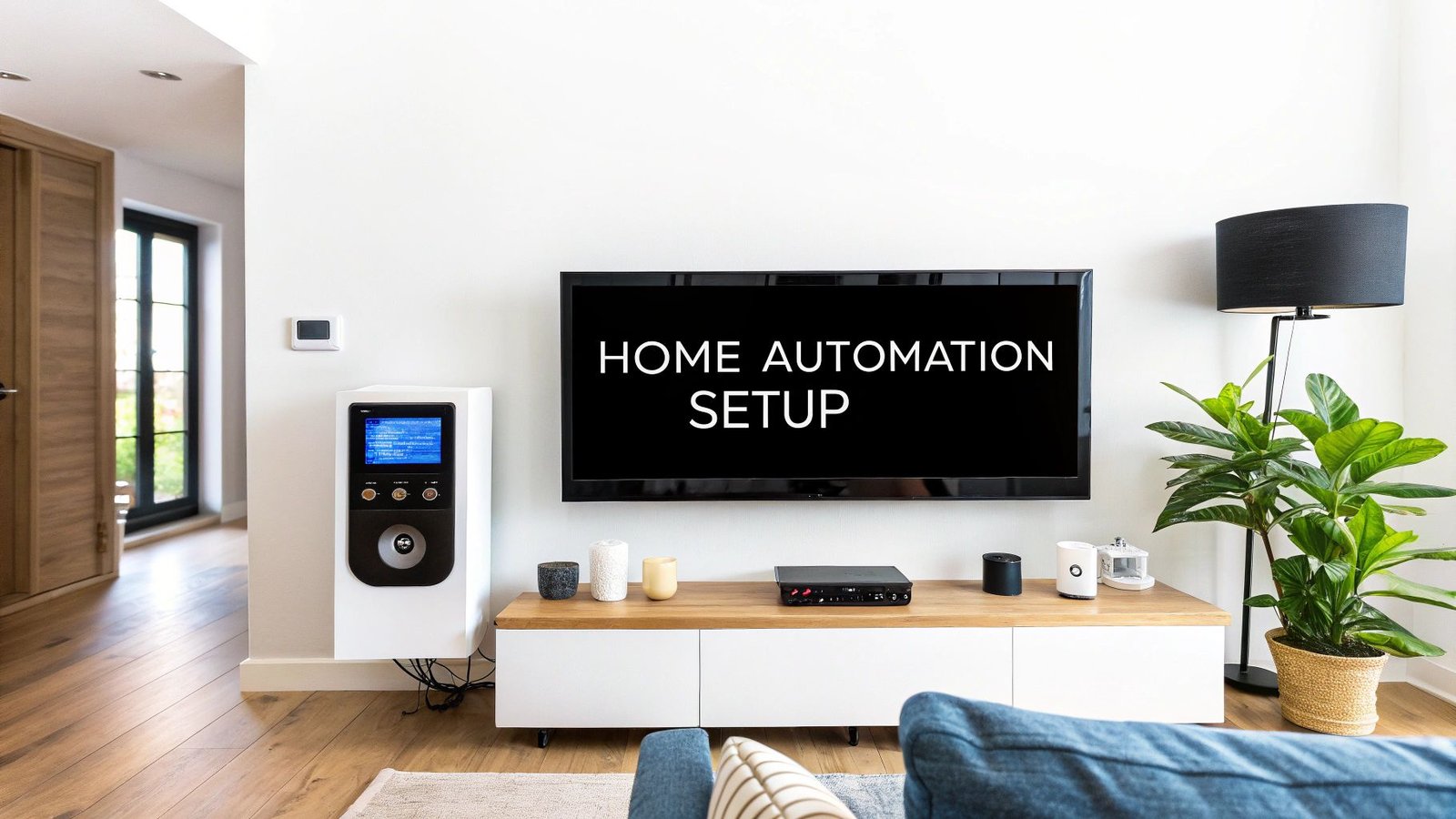
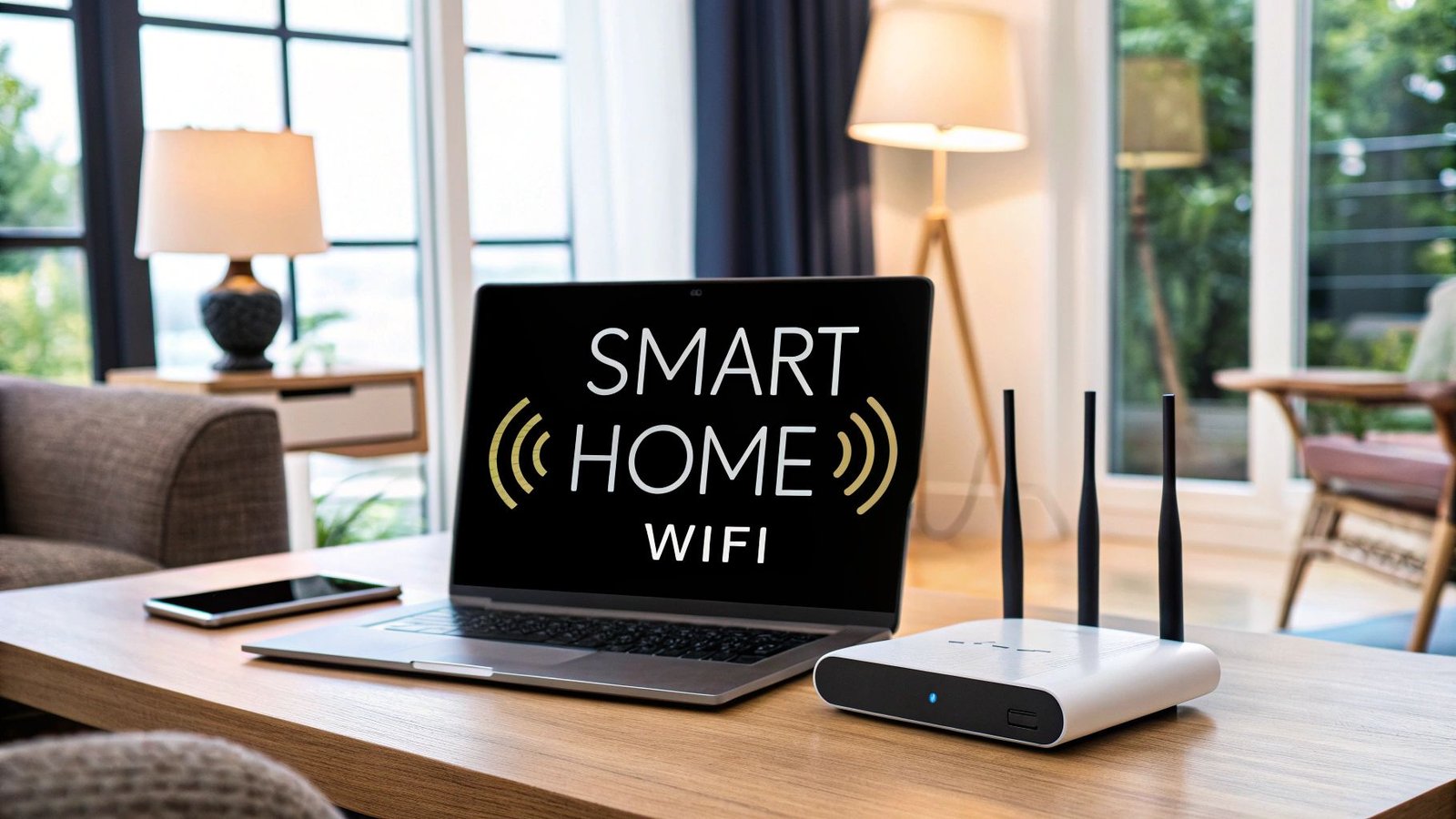
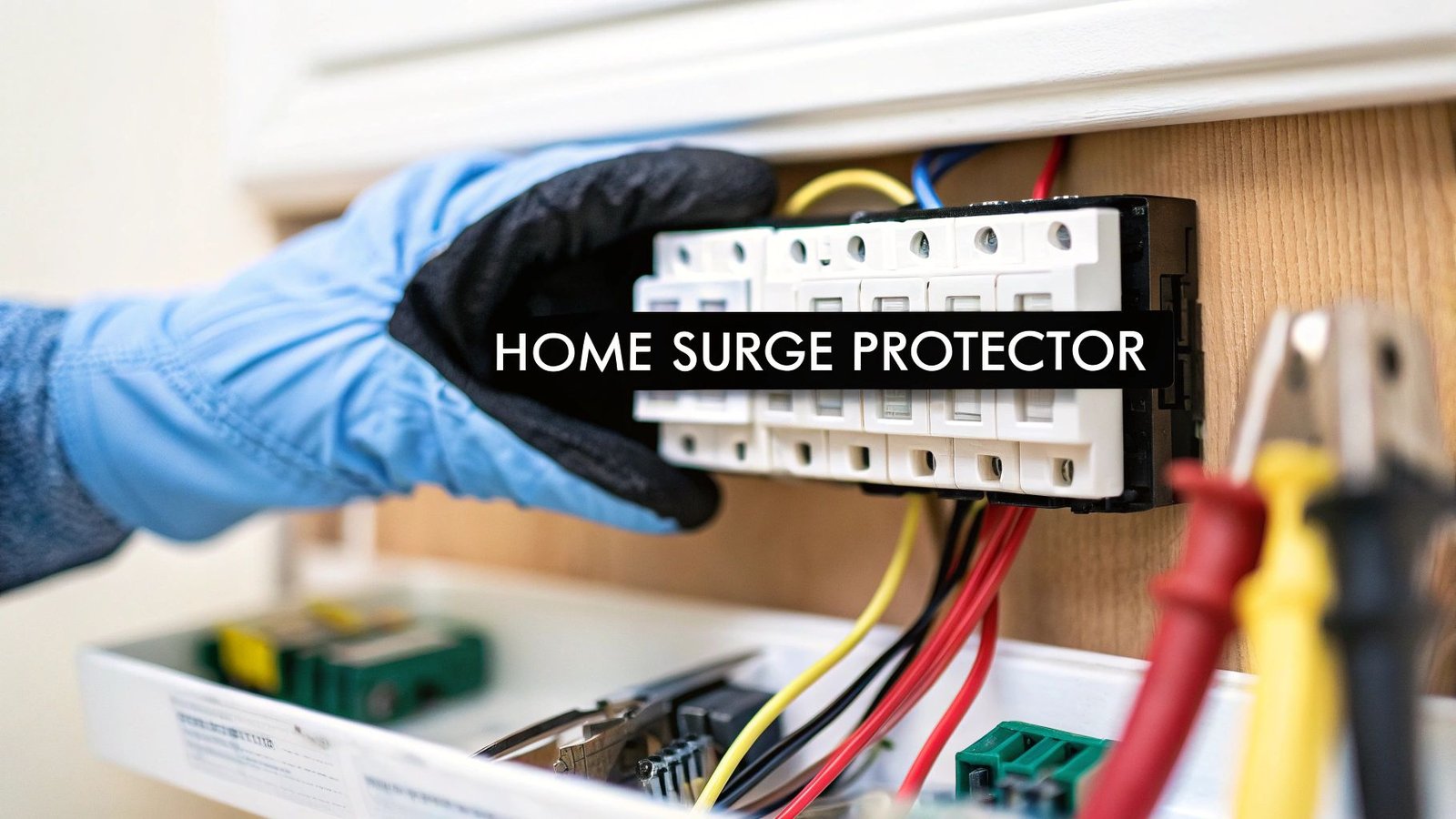
Leave a Reply